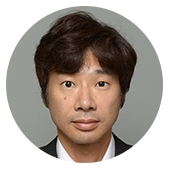History of the F-2
The F-2 was first deployed in Japan in 2000. It is unique among the fighter jets used by the Self Defense Forces in that it was jointly developed by Japan and the US. The other models are solely American-made.
The Defense Ministry started its own aircraft program more than 30 years ago, at a time when Japan's manufacturing industry was a source of national pride. The goal was to build a fighter jet that was completely "made in Japan." The government was hoping to harness the country's world-renowned technical expertise and create a successor to the famous World War Two-era Zero Fighter.
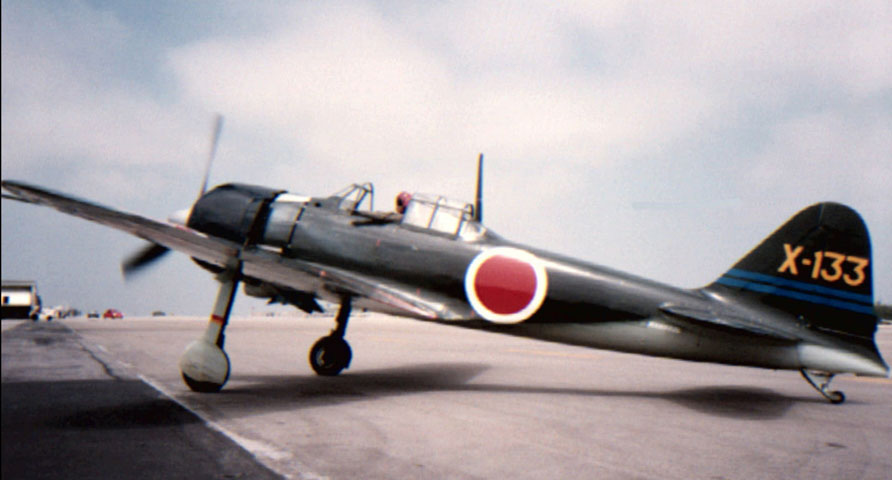
But the program got caught in the crosshairs of economic friction with the US. Washington was unhappy about its increasing trade deficit with Japan and pressured the government to buy US-made planes. The government was forced to abandon its plans for a domestically produced fighter, instead agreeing to work with the US on the aircraft that would go on to become the F-2. The jet was made by incorporating Japanese technology with the body of the US-made F-16.
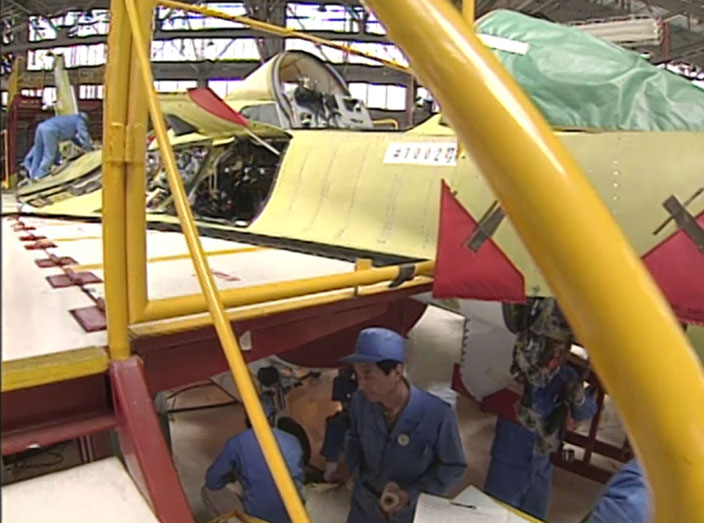
Several decades later, President Donald Trump's calls for Japan to once again "buy American" are reviving bitter memories of the last time Washington mixed business with national security. Japan's previous domestically produced fighter jet had its wings clipped by political maneuvering and some in Tokyo are worried the same could happen again.
The need for an F-2 replacement
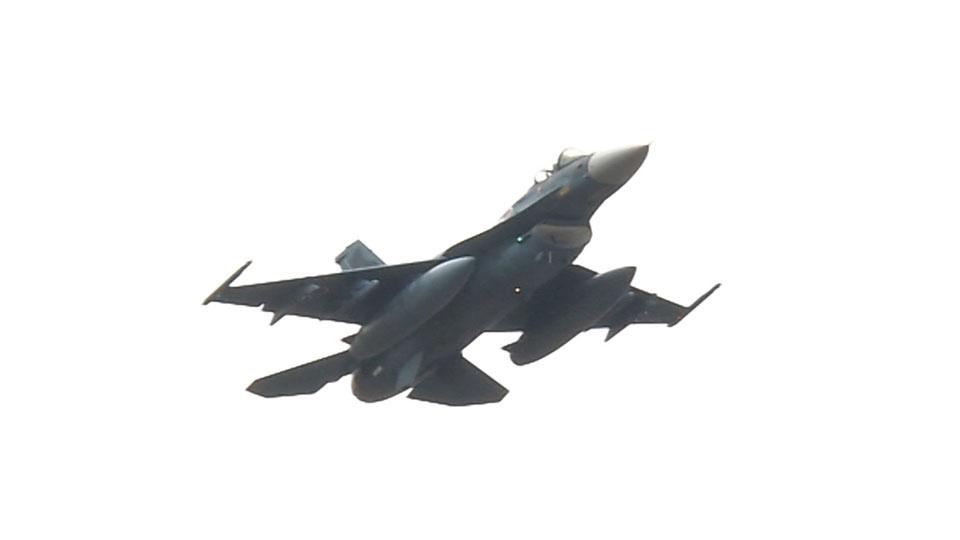
Experts say the Self Defense Forces' F-2 fleet will have to be retired in the mid-2030s, if its current rate of use is maintained. They also say developing a next generation fighter will take at least a decade, so work on replacements must begin now.
Furthermore, government officials say Japan's current security situation makes the need for updated defense measures even more pressing.
"China and Russia have already developed fifth-generation fighter jets that are currently in service," Former Defense Minister Satoshi Morimoto says. "In light of this, Japan needs to take steps to fulfill its air-defense responsibilities."
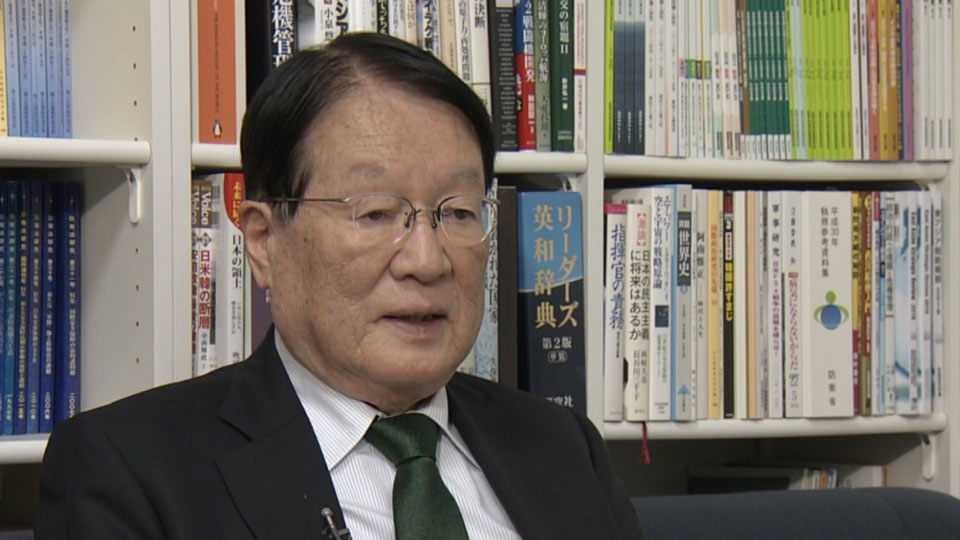
The Defense Ministry made clear in its medium-term defense program that it intends to start work on a Japanese-led F-2 successor soon, with the help of an international partner. But the ministry wants to take the lead in any such project so it can develop the technological capability to make the fighters on its own.
Following World War Two, the Japanese defense industry entered a period of long-term decline. During this time, the country depended heavily on US-made systems. Some industry analysts say the upcoming fighter jet project is Japan's last chance to revive the development of domestic defense technologies.
Partner candidates
Contractors from the US and UK have already started working on sales pitches to get in on the project. American firm Lockheed Martin is one, proposing the development of an F-22 and F-35 hybrid.
The F-22 is known as one of the most advanced fighter jets in the world, boasting cutting-edge stealth capabilities and supersonic cruise speeds. Lockheed Martin plans to combine this with the networking technology of the F-35. But there are concerns the US would not divulge any design information, which would make it difficult for Japan to eventually build the jets on its own. For this reason, some in the government and ruling Liberal Democratic Party are voicing opposition.
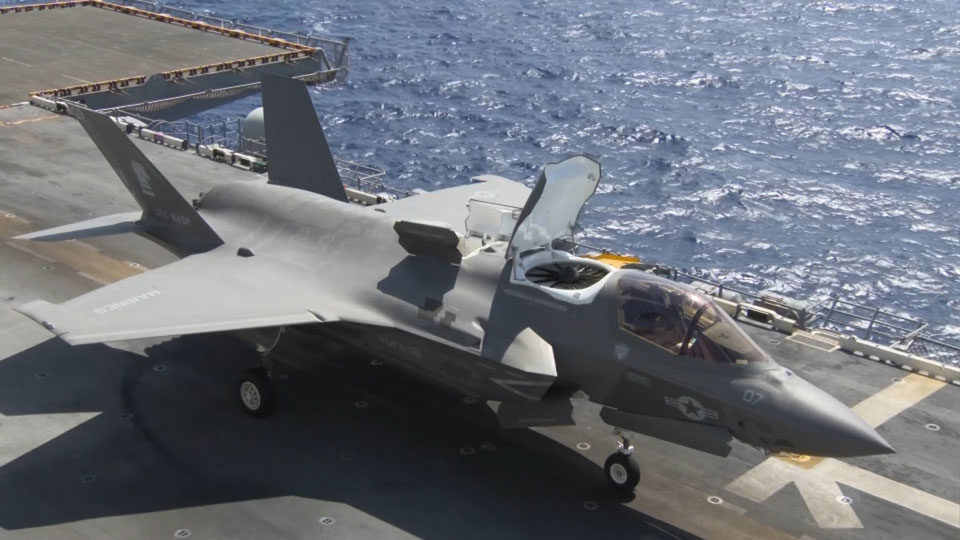
Meanwhile, the UK is in the early stages of developing its own next generation fighter, dubbed the Tempest. Some within Tokyo are calling for a partnership based on this model, partly in the belief that the UK would be more accepting of a Japanese-led project. But there are deep reservations, with some saying Japan should prioritize its relationship with its close ally, the US.
Moving forward
"In the year ahead, we need to work out what kind of concept we want," says Morimoto, the former defense minister. "The project will require collaboration between Japanese companies, the government and political parties. It's important to draw on the combined wisdom of the Japanese people to build a new state of defense readiness. I believe such efforts will help shape Japan's future."
Developing a fighter jet is an expensive proposition, with most estimates falling in the trillion-yen range. But despite such a big price tag, there is very little transparency into where the money is allocated. The government says this is due to security concerns. But critics say this is not an acceptable response in a purportedly democratic country.
The public clearly needs to be involved in the process. Politicians and defense industry insiders cannot be allowed to have sole authority over decisions that weigh so heavily on the national budget. It is crucial that both the Japanese government and people work together to choose a fighter project that balances cost-effectiveness with the country's commitment to self-defense and the realities of its current security situation.

